Related Research Articles
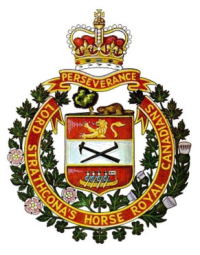
Lord Strathcona's Horse (Royal Canadians) (LdSH[RC]) is a regular armoured regiment of the Canadian Army and is Canada’s only tank regiment. Currently based in Edmonton, Alberta, the regiment is part of 3rd Canadian Division's 1 Canadian Mechanized Brigade Group. Members of the regiment are commonly called Strathconas or Strats as a short form. It was one of the last regiments in the British Empire to be created and raised by a private individual, Donald Alexander Smith, 1st Baron Strathcona and Mount Royal.
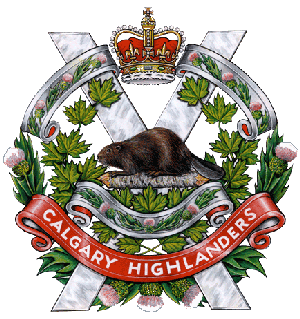
The Calgary Highlanders is a Canadian Army Primary Reserve infantry regiment, headquartered at Mewata Armouries in Calgary, Alberta, Canada. The regiment is a part-time reserve unit, under the command of 41 Canadian Brigade Group, itself part of 3rd Canadian Division, one of four region-based Canadian Army divisions. The regiment is one of only two regiments in the Canadian Forces to wear an honorary distinction on their uniform, commemorating the counterattack at Kitcheners' Wood. On 9 January 2015, the regiment was recognized with the Canadian Forces' Unit Commendation for outstanding contributions to the war in Afghanistan.
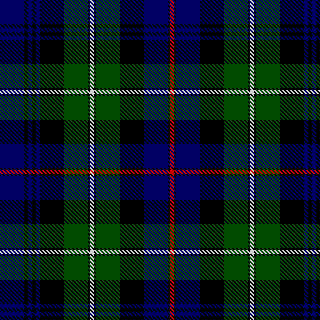
The Royal Highland Fusiliers, 2nd Battalion, The Royal Regiment of Scotland is an infantry battalion of the Royal Regiment of Scotland.
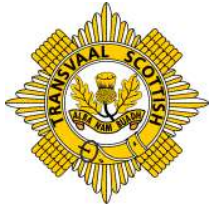
The Solomon Mahlangu Regiment is a reserve infantry regiment of the South African Army.

The Cape Town Highlanders is a reserve mechanised infantry regiment of the South African Army.
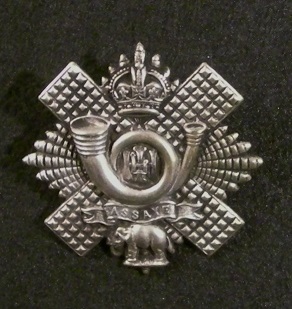
The Highland Light Infantry (HLI) was a light infantry regiment of the British Army formed in 1881. It took part in the First and Second World Wars, until it was amalgamated with the Royal Scots Fusiliers in 1959 to form the Royal Highland Fusiliers which later merged with the Royal Scots Borderers, the Black Watch, the Highlanders and the Argyll and Sutherland Highlanders to form the Royal Regiment of Scotland, becoming the 2nd Battalion of the new regiment.
The Calcutta Light Horse was raised in 1872 and formed part of the Cavalry Reserve in the British Indian Army. The regiment was disbanded following India's independence in 1947.
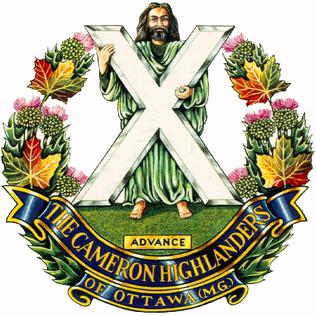
The Cameron Highlanders of Ottawa (Duke of Edinburgh's Own) is a Canadian Army Primary Reserve infantry regiment.

The Irish Regiment of Canada is a Primary Reserve infantry regiment of the Canadian Army based in Sudbury, Ontario. It is part of the 4th Canadian Division's 33 Canadian Brigade Group. Currently one battalion of the regiment exists.
The Childers Reforms of 1881 reorganised the infantry regiments of the British Army. The reforms were done by Secretary of State for War Hugh Childers during 1881, and were a continuation of the earlier Cardwell Reforms.
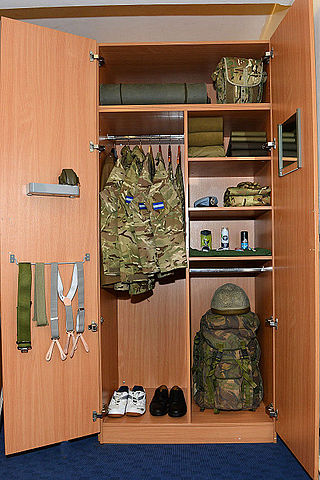
The uniforms of the British Army currently exist in twelve categories ranging from ceremonial uniforms to combat dress. Uniforms in the British Army are specific to the regiment to which a soldier belongs. Full dress presents the most differentiation between units, and there are fewer regimental distinctions between ceremonial dress, service dress, barrack dress and combat dress, though a level of regimental distinction runs throughout.
The Royal Scots Borderers, 1st Battalion, the Royal Regiment of Scotland was an infantry battalion of the Royal Regiment of Scotland. The battalion formed on 1 August 2006 when its antecedent regiments - the Royal Scots and the King's Own Scottish Borderers - amalgamated just after the formation of the Royal Regiment of Scotland in 2006. On 1 December 2021, the battalion transferred to the new Ranger Regiment as the 1st Battalion, Ranger Regiment.
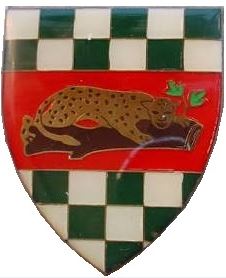
The Chief Makhanda Regiment is a reserve air assault infantry regiment of the South African Army.
The Highland Light Infantry of Canada was an infantry regiment of the Canadian Army. In 1965, the regiment was amalgamated with The Scots Fusiliers of Canada to form The Highland Fusiliers of Canada.
The 7th Light Cavalry previously the 28th Light Cavalry, was a regular army cavalry regiment in the British Indian Army. It was raised in 1784 under the East India Company. The regiment later saw service on the North West Frontier and in World War I and World War II. In 1947, it was allocated to the new Indian Army, where it continues to exist as the 7th Light Cavalry

The Bahawalpur Regiment was a regiment of Pakistan Army. The regiment was formed in 1952 from the infantry battalions of the erstwhile Princely State of Bahawalpur, which had acceded to Pakistan in 1947. In 1956, the Bahawalpur Regiment was merged with the Pakistan Army
Operation Creek was a covert military operation undertaken by Britain's Special Operations Executive in World War II on 9 March 1943. It involved a nighttime attack by members of the Calcutta Light Horse and the Calcutta Scottish against a German merchant ship, the Ehrenfels, which had been transmitting information to U-boats from Mormugao Harbour in neutral Portugal's territory of Goa. The attack was successfully carried out, and the Ehrenfels and three other Axis merchant ships were sunk, stopping the transmissions to the U-boats.
The Saskatoon Light Infantry was an infantry regiment of the Non-Permanent Active Militia of the Canadian Militia. The regiment was formed in 1924, when The North Saskatchewan Regiment (1920–1924) was reorganized into four separate regiments. In 1955, the regiment was amalgamated with The Prince Albert and Battleford Volunteers to form The North Saskatchewan Regiment.
The Scots Fusiliers of Canada was an infantry regiment of the Non-Permanent Active Militia of the Canadian Militia. In 1965, the regiment was amalgamated with the Highland Light Infantry of Canada to form The Highland Fusiliers of Canada.
The 9th Battalion, Royal Scots was the highland (kilted) battalion of the Royal Scots. Formed in 1900 as a part-time Volunteer Force battalion in Edinburgh, in 1908, as part of the Haldane Reforms, it became a Territorial Force battalion. During the First World War it served on the Western Front. Post-war it was amalgamated with the 7th Battalion to form 7th/9th Royal Scots. Notable members of the battalion include James Pearson, Arthur Farrimond, Jimmy Broad, Robert Dudgeon, Walter Lyon, FCB Cadell and William Geissler.
References
- 1 2 3 4 5 6 7 8 9 "The Calcutta Scottish" (PDF). The Saint Andrew's Society of San Francisco Newsletter. May 2009. Archived from the original (PDF) on 8 August 2014. Retrieved 31 July 2014.
- ↑ Zimmerman, Dwight Jon (12 August 2013). "Operation Creek: Going to War on a River Barge". Defense Media Network. Retrieved 31 July 2014.
- ↑ Leasor, James (1978). Boarding Party. London: Heinemann. ISBN 0-434-41026-8.